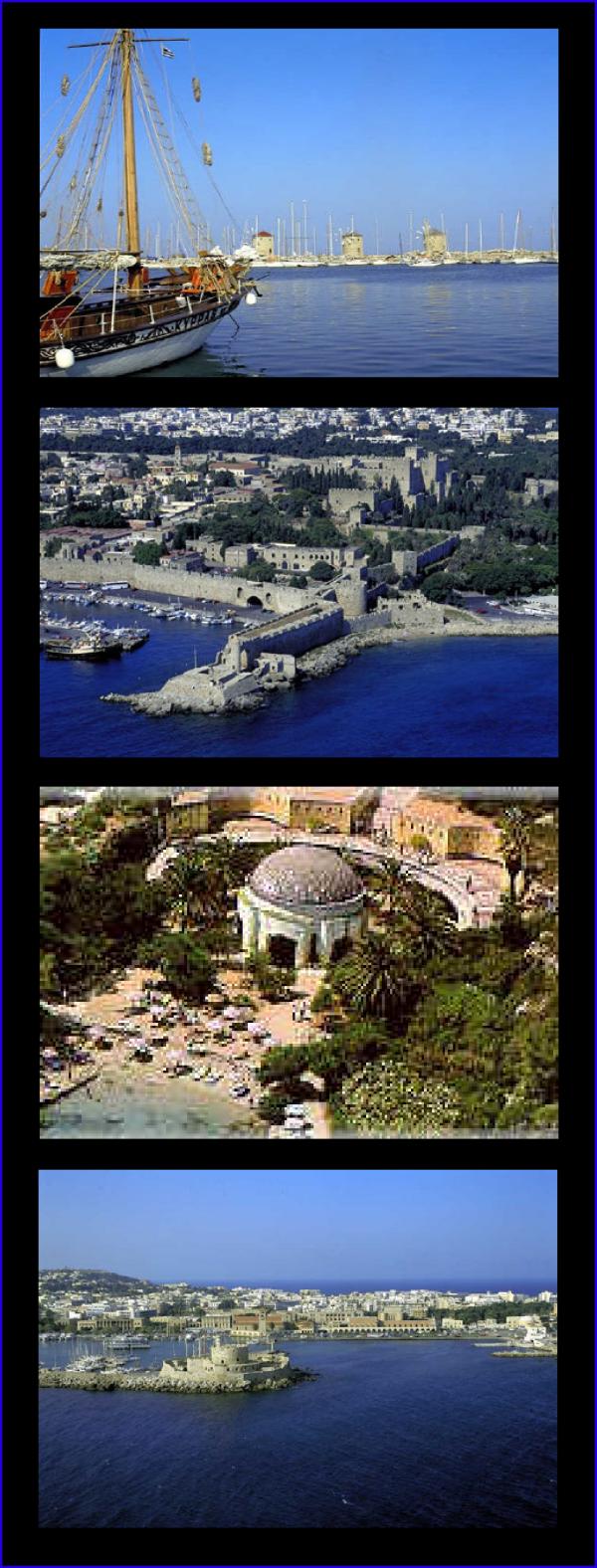Home
Scope
Location
Speakers
Program
Abstracts
Author index
Organizing Committee
Scientific Committee
Venue & Accomodation
Registration
News
Contact

|
 |

ORAL PRESENTATION
Session: 2 Multiscale modeling and molecular simulations
(scheduled: Monday, 08:25 )
Entanglements and Underlying Topology in Polymer Melts: from Atomistic Models to Entanglement Networks
C. Tzoumanekas1,2, D.N. Theodorou1
1 School of Chemical Engineering, National Technical University of Athens, 9 Heroon Polytechniou Street, Zografou Campus, Athens, 15780, Greece
2 Dutch Polymer Institute (DPI), The Netherlands
Polymer melts of large molecular weight demonstrate complex rheological and dynamical properties which are very interesting both from a theoretical and a technological point of view. A successful conceptual framework for investigating this complex behavior at the molecular level is offered by the tube model. The tube model is based on the notion that the mutual uncrossability of polymer chains generates topological constraints which are generally called entanglements. Entanglements affect chain motion by effectively restricting individual chain conformations in a curvilinear tube-like region enclosing each chain. Accordingly, chain motion is confined laterally to the length scale of the tube diameter. Large-scale motion is promoted via de Gennes reptation, an effective one-dimensional diffusion of a chain along its tube axis which is called the Primitive Path (PP). PPs characterize the system topology by creating a large scale topological substructure, which is conceived as an entanglement network underlying the melt structure. We introduce a novel algorithm, referred to as CReTA (Contour Reduction Topological Analysis), which is capable of reducing a computer generated atomistic sample to a corresponding entanglement network of PPs. A topological analysis, based on scaled PP and entanglement network statistics of thermodynamically equilibrated Polyethylene, cis-1,4 Polybutadiene and Poly(ethylene terephthalate) (PET) melts, leads to a unifying microscopic description of the topology of flexible polymers. The distribution of the number of monomers between successive topological constraints along a chain reveals a non-uniform network mesh, while a dilute gas of entanglements is revealed by the network radial distribution functions. By mapping PP conformations to random walks, we predict an entanglement molecular weight and a tube diameter which are in accordance with experimental estimates from rheological measurements, for all the polymers under study. Moreover, we will provide a stochastic interpretation of our results in terms of a renewal point process model which treats topological constraints as stochastic events placed along the monomer sequence of a polymer chain. © IWNET 2006
|
 |
 |




